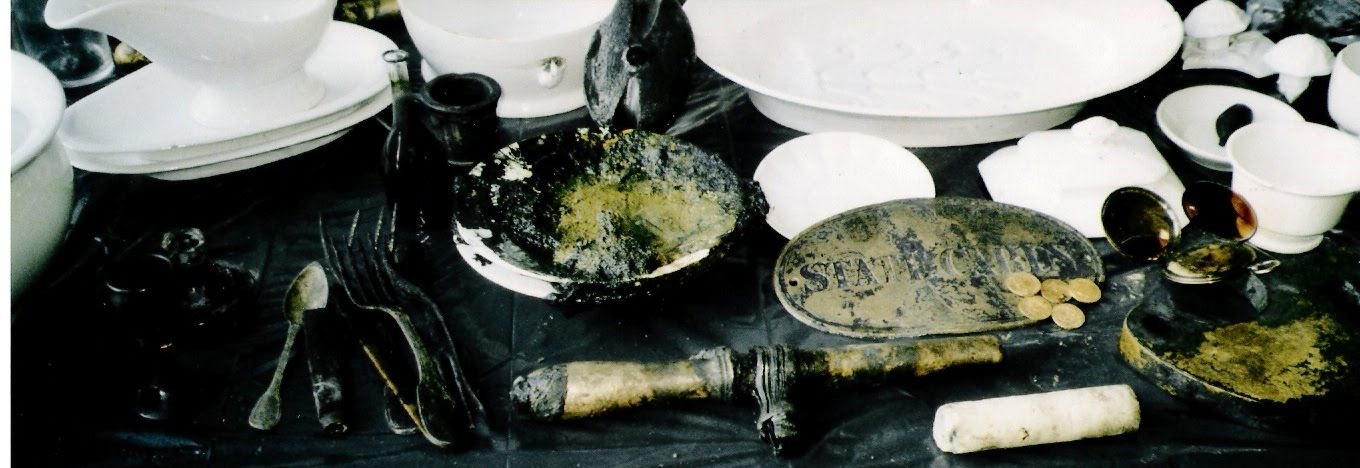English.ruvr -
Here is the next program in our special series “Russia against France in the War of 1812” ahead of the approaching bicentenary of Russia’s victory over Napoleon.
In one of our previous installments we told you how the French troops entered Moscow and how they looted it. But what happened to the looted treasures once they left Moscow? This is still a mystery.]Many versions have come up, all intriguing and mystifying.To begin with, let’s look at what exactly was looted during the French occupation of Moscow in September 1812. When Napoleon entered the city, he saw empty streets. Nearly all of Moscow’s population of 300,000 had managed to flee, carrying away with them whatever they could take. Only about 6,000 residents stayed on.Still, there was enough left behind for marauders to plunder. Bonaparte’s solders went on a looting rampage, ransacking deserted houses, shops and factories. But the most attractive targets were the numerous Moscow churches, monasteries and cathedrals with their icons in gold and silver frames and expensive churchware.
The Kremlin, turned into Napoleon’s residence, was doubtless the tastiest morsel. As follows from archive documents, Napoleon ordered furnaces to be put up in one of the Kremlin’s cathedrals to melt gold and silver into ingots. The looted riches included heaps of precious stone jewelry, a collection of ancient weapons, very expensive paintings and other rarities.When the French were leaving Moscow, they took out an estimated 80 tons of gold and jewelry. Here is an entry from a French officer’s diary: “We were carrying all things the fire had failed to destroy. Cartloads of plundered treasures stretched for miles with no end in sight”.
The treasures had indeed left Moscow, but they never reached Paris. So, what could have happened to them on the way?For decades, historians and treasure hunters have been searching for the answer, but, up to now, it is still to be found. Several scenarios were explored. According to one of them, Bonaparte, a shrewd strategist, perfectly understood that the treasure train would be the key target of the Russians and both regular troops and guerrillas would attempt to seize it.That’s why it was split into several strictly guarded parts. Each started out separately and took a separate road to the town of Maloyaroslavets, 80 miles southwest of Moscow. There, Napoleon was planning to allow his troops to rest a little, stock up on food and regroup.
But Kutuzov guessed his plan right and was in time to engage him near Maloyaroslavets, forcing the French to retreat along the same scorched Smolensk road on which they had earlier moved east.
 Photo: RIA Novosti
Photo: RIA Novosti
Posted via http://batavia08.posterous.com batavia08's posterous
.jpg)
No comments:
Post a Comment